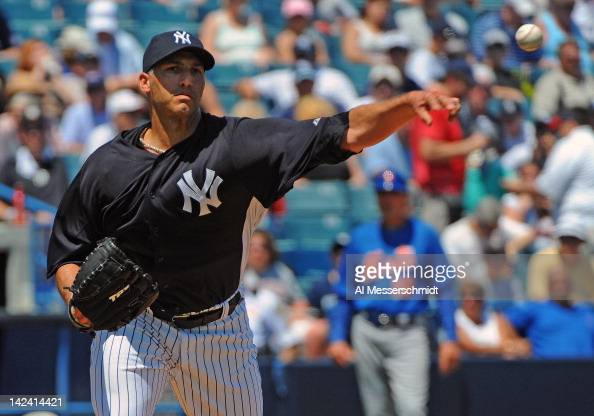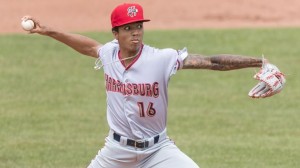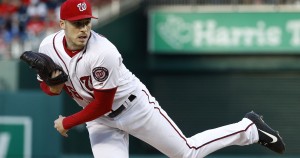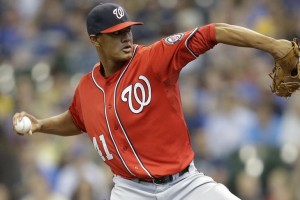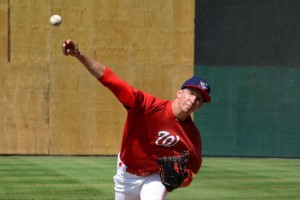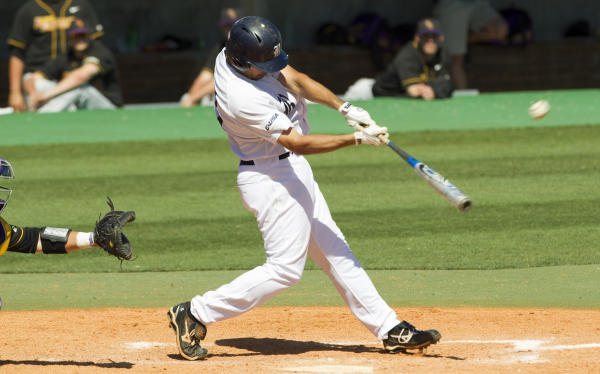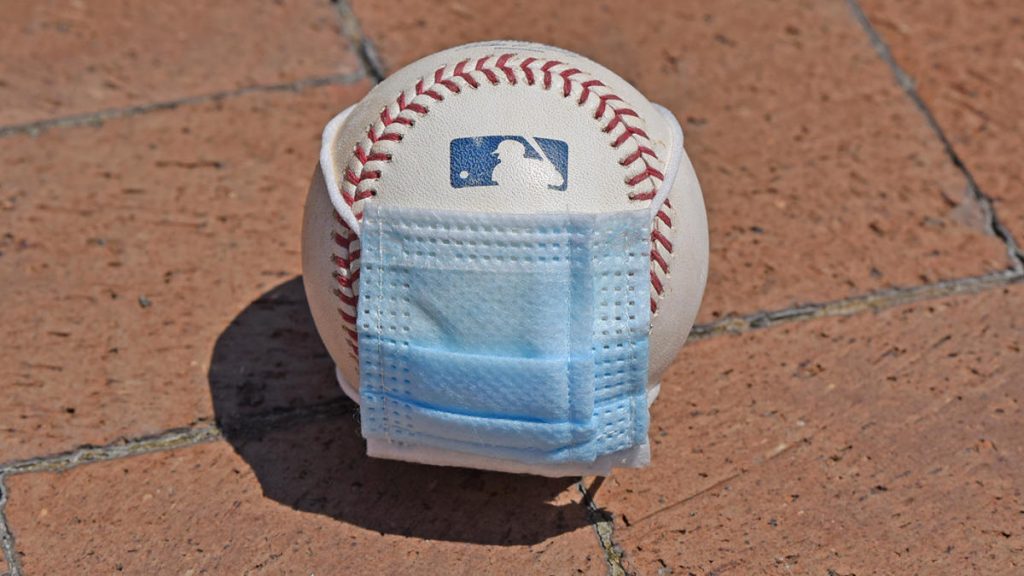
So, we knew that some Nats players (the numbers keep changing) have tested positive; it started with one known case, then that caused contact-tracing issues with another 4 players and 1 staff member. We’ve heard podcasts and reports that perhaps some of the 4 players might have it as well; regardless they’re now out for at least 10 days. So far, no mention of who popped positive for HIPAA reasons, but by the time you read this we may know.
As of Noon Friday 4/2/21, the entire opening series is now off. Makes sense; the league probably wants to get a handle on the outbreak, plus its an inter-divisional series that can be turned into a bunch of DHs later on with little travel/schedule impact.
Sources (aka Nats Beat reporters) have sniffed out the replacement call ups, which gives us a hint as to who has to sit for a bit. Call-ups are:
- Sam Clay
- Luis Garcia
- Yadiel Hernandez
- Tres Barrera
Now, based on the fact that its one positive test and then four others who were in close contact … and looking at who these replacements are for … it stands to reason these are the players who are now under quarantine:
- Sam Clay for Luis Avilan
- Luis Garcia for Starlin Castro
- Yadiel Hernandez for either Juan Soto or Victor Robles
- Tres Barrera for either Alex Avila or Yan Gomes.
It doesn’t take a detective to look at that like for like list and make some quick assumptions on who the players are that got hit or who were named in contact tracing; they’re all Latino. Which makes sense; if a team has natural cliques its around nationality and native speaking tongues hanging out together on planes and in clubhouses. The only other Latino players on the 26-man roster not already named would be Hernan Perez and Wander Suero, so don’t be surprised if we find out one of these guys is involved too.
Bummer all around, and not the best way to get the season started, especially if its taken out half our starting lineup.
In other recent news:
- H/T to NationalsProspects for the BA story on the 2021 draft: it will be 20 rounds. With a lost year of development and every team now carrying an entire “extra” roster of players who played short-season last year, 20 rounds in 2021 makes sense. I think the natural landing point might be 30 rounds: basically every pick from the 31st round onwards by the Nats as of late is a HS throw-away designed to give notariety to a scout’s kid or cousin, or to throw a player a bone who some area scout who didn’t get any of his guys drafted previously, or to puff up some kid’s ego who was always going to go to college. They’re a waste and you can count on two hands the number of picks who even stuck with our system for more than a couple seasons from the 30th round onwards (Gabe Klobotis, Tyler Watson, Jorge Pantoja, Angelo LaBruna, Robert Orlan, Billy Burns from the last 10 drafts).
- Also H/T to Luke Erickson for the BA story on Minor League affiliates increasing in size across the board. Again, this is nothing but a good thing.
- Speaking of BA: they re-released their Nats top30 prospects and built in the Jan 2021 IFA signings, which resulted in the Nats adding their top 2021 IFA Armando Cruz at #5, with no other changes to our top 30 and HMs (I reviewed their list in Feb 2021 here). Cruz at #5 by BA makes them the high men on Cruz’s potential amongst those shops who have rated him. At this point there’s just one major shop who has not released their Nats prospect Rankings: Fangraphs/Eric Longenhagen, who seems to have gotten overwhelmed by his choice to rank 40+ prospects per system … by himself … while also writing other stuff. New Fangraphs and ex-Astros employee Kevin Goldstein is now helping get the list done. we’ll do a similar reaction piece as we did with other major pundits and then will publish the master prospect lists on the Big Board.
- A reminder; we still don’t have an official opening day 26-man roster; the big board lists 27 …i’m guessing Will Harris will hit the D/L when the roster is officially released. Because the games got postponed, the team was not forced to officially release its rosters and can bide some time.
- I’ve updated the Big Board to have the Alt training site, and to account for all the big moves, DFAs, outrights, roster sizes, etc.
Waiting in a holding pattern. But lets discuss once we get more news on who is impacted.
